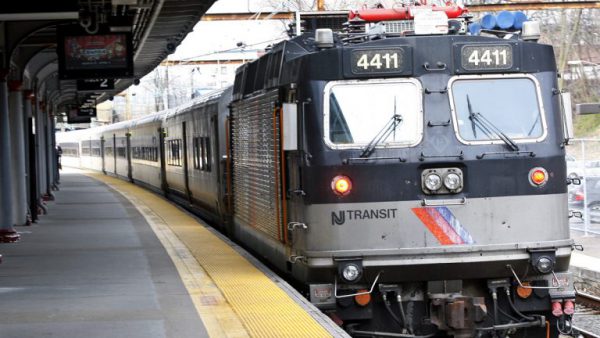Commuting on New Jersey’s complex roads and highways is often a daunting ordeal, not just for the visitors but for the NJ locals as well. One slight misstep when selecting your transport means, you risk ruining that holiday you’ve been saving for ages or missing out on that life-changing interview in NJ. Driving and using the New Jersey transit are the two most popular transportation means up for grabs for those persons on a month-long business trip or traveling packs of students. NJ roads and the drivers therein are reputed to be just as frantic and hectic as those of the neighboring Big Apple State.
If you intend to rent out a car to use during your stays in New Jersey, then it’s imperative you first sign up for the advanced defensive driving certification exam right away. Driving has its pluses and minuses, so too does transiting in NJ.
Read on to understand the unique pros associated with each of these popular transportation methods for visitors and locals in NJ. The ultimate decision, however, on the mode of transport method preferred while in New Jersey, solely rests on personal factors, for instance, your budget, tastes, the number of people, and the duration of the stay.
Cost
Traveling via the New Jersey transit network is without a doubt, the safest and most cost-effective, transport means in this state. Driving on these road networks can, however, be an expensive money pit affair. Auto owners always need to cough up cash to cater fuel and ensure their vehicles. Additionally, the cost of operating cars increases as you dole out money for parking and other routine servicing and maintenance services.
Traffic
Driving exposes you to the real risks of getting stranded in traffic snarl-ups in NJ. Most of the state’s highways and roads always come to a complete standstill at certain times of the day. Unless you perfect the fine art of timing the commuter traffic buildups, you’ll always find yourself caught up in the worst traffic jams. To escape the frustrating traffic gridlock, you’ll be better off jumping on the state’s trains than driving. These trains operate on a tight schedule and with them, you’ll never have to waste precious time and money on the massive mile-long traffic snarl-ups.
Safety
In 2017, NJ witnessed a surge in the number of road-related fatalities on their busy highways. According to the NJ.com, there were an estimated 83,751 serious crashes on the state’s roads. These accidents and incidents resulted in over 250 fatalities and over 20,969 serious injuries. The rising crashes have led to a spike in the number of people enrolling for defensive driving courses. Thanks to this course, accidents are predicted to drop over time as drivers become more aware how to evade the consequence’s arising from the common blunders made by their fellow road users.
NJ transit system has only recorded one fatality in the past decade, however. Save from that awful incident back in Sep 29, 2016, that claimed the life of a woman and injured over 100 people, this transport mode has remained the safest travel option in the state.
Convenience
The state has over 247 different bus routes linking the major urban metropolis surrounding the heart of NJ. Today, you’ll not have to wait for a second longer to book and board a public bus as there are over 1785 registered buses serving commuters the 21 counties in NJ. Commuters board these buses at the designated pick up points and pay on demand. Using public buses in NJ is more convenient and less-costly as compared to driving. What’s more, commuters take great delight in the fact that the Port Authority Trans-Hudson (PATH) railway services operate round the clock. On the other hand, there’s great convenience in not having to travel while jam-packed with other strangers on the commuter subways but all alone in your rental vehicle.

 Live Chat
Live Chat






